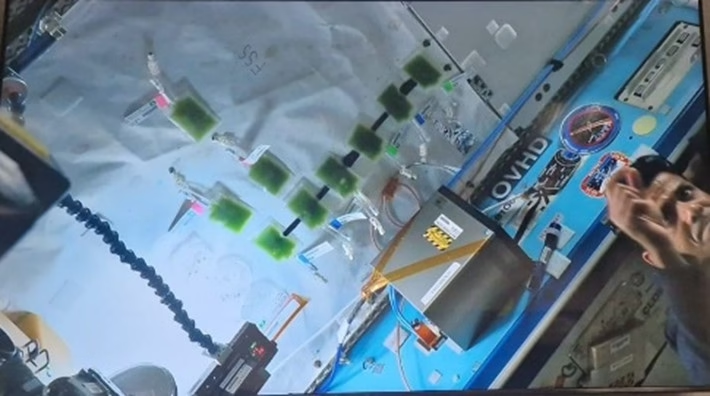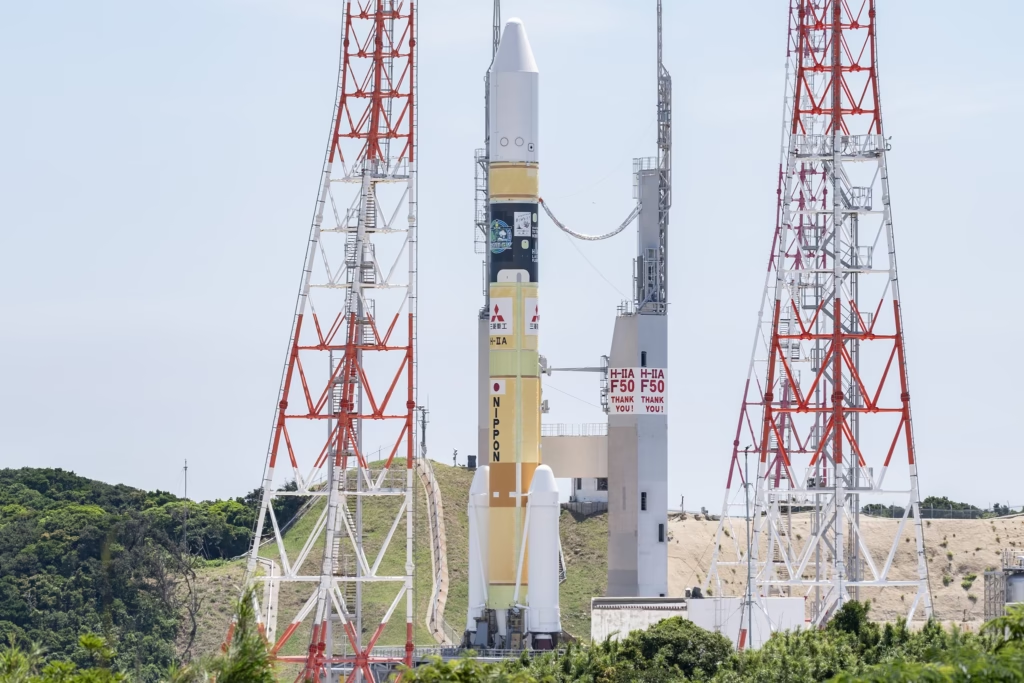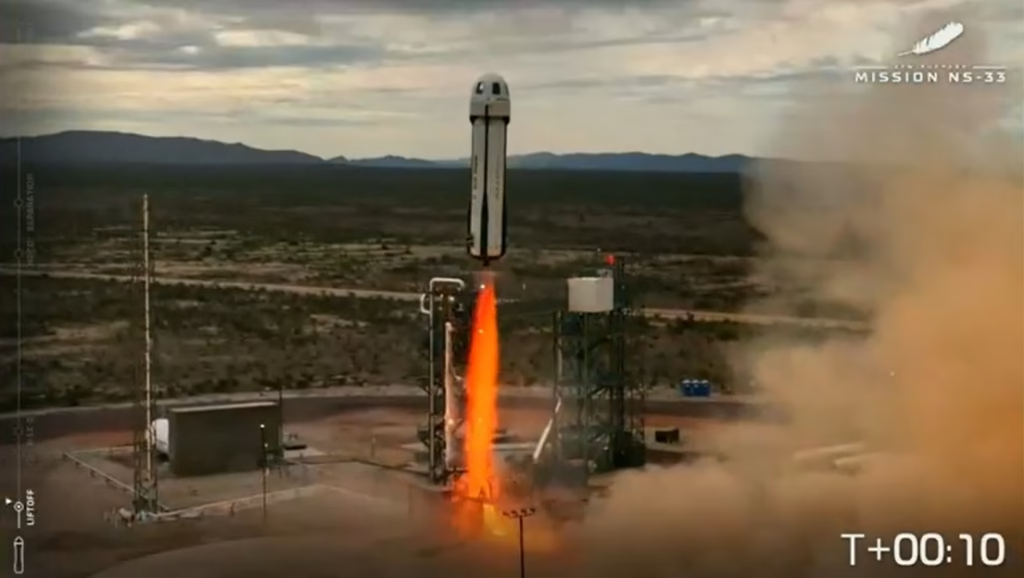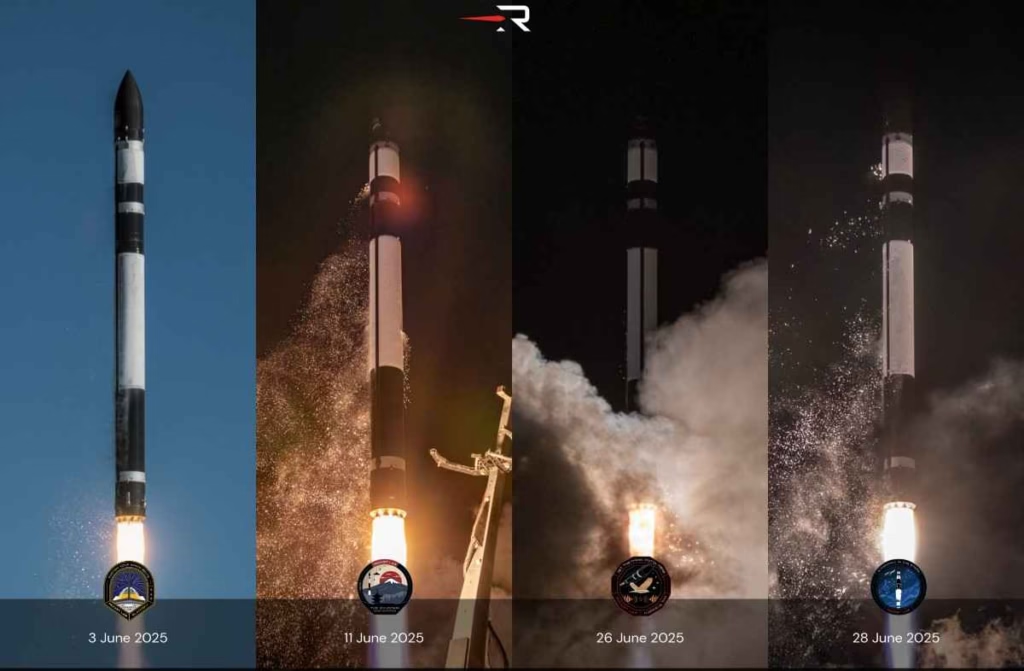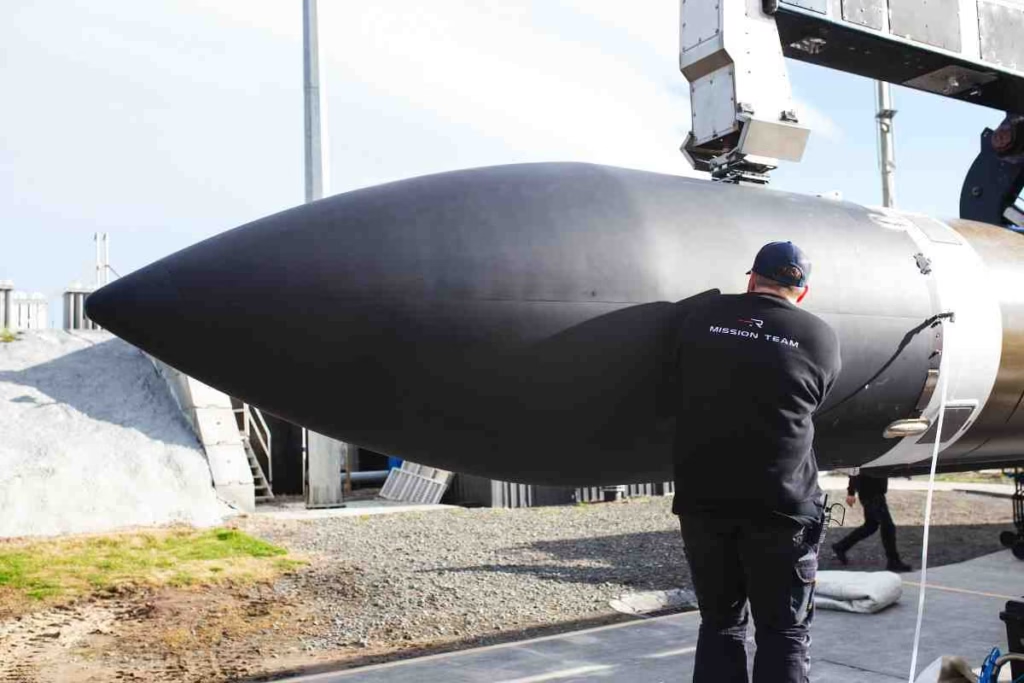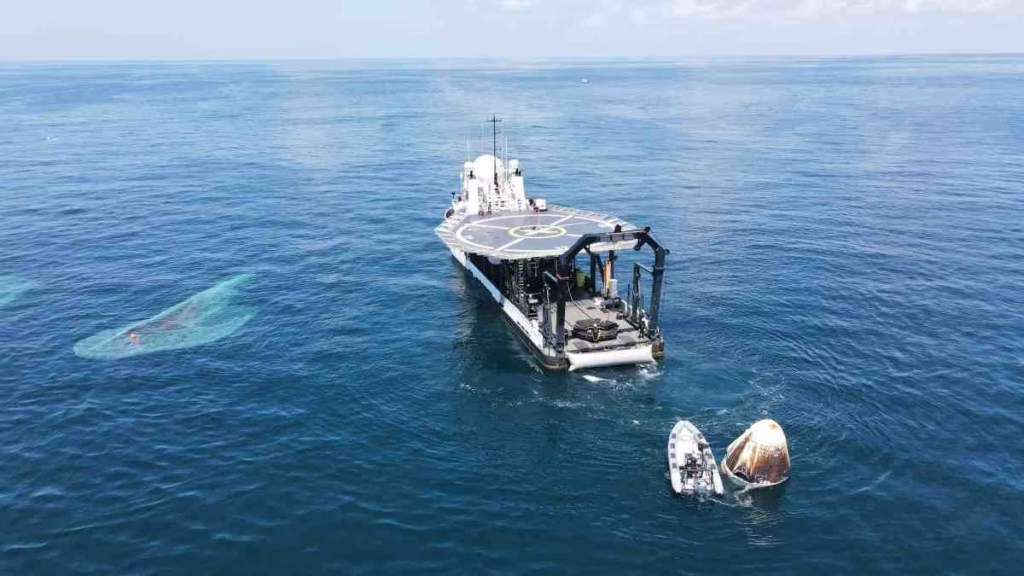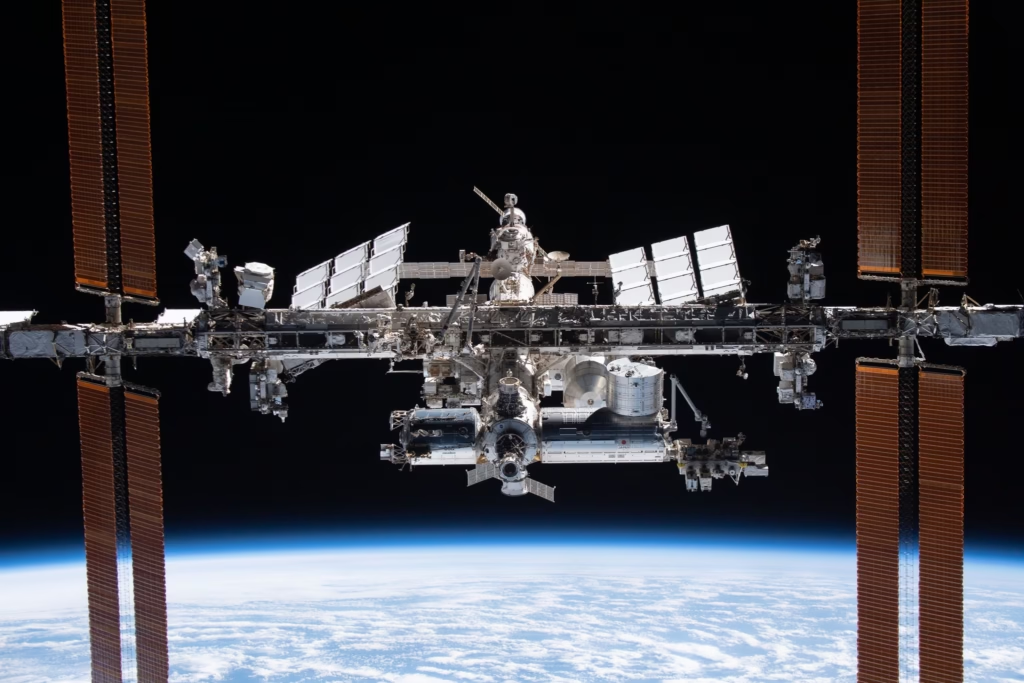Axiom Mission 4 Prepares for Undocking from the International Space Station on July 14 at 7:05 a.m. EDT aboard the SpaceX Dragon spacecraft. Learn about their return to Earth, scientific milestones, and the growing role of private space missions.
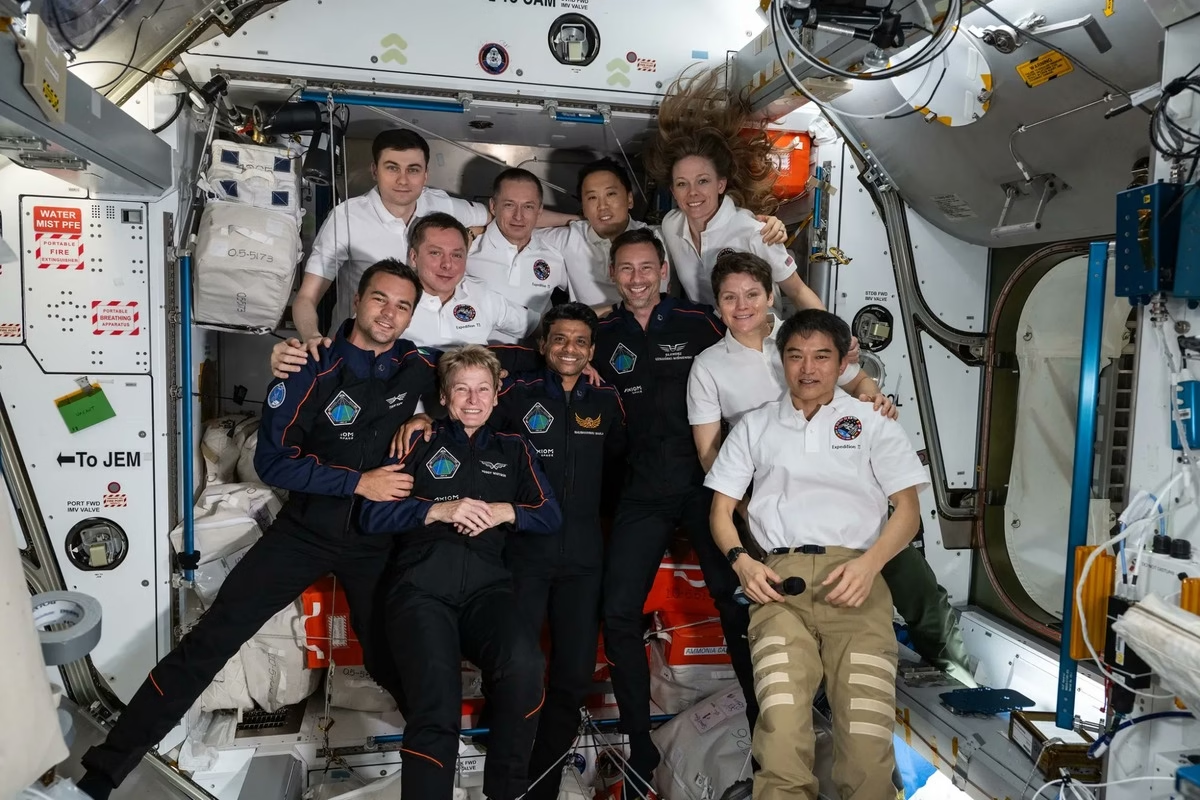
The SpaceX Dragon capsule begins its journey back to Earth after undocking from the ISS with the Ax-4 crew.
Axiom Mission 4 Prepares for Undocking: When Shubhanshu Shukla Come Back
Introduction
NASA and Axiom Space have officially confirmed that the four-member astronaut crew of Axiom Mission 4 (Ax-4) is set to undock from the International Space Station (ISS) no earlier than Monday, July 14. The undocking, scheduled for approximately 7:05 a.m. EDT, marks the beginning of their return journey aboard the SpaceX Dragon spacecraft. Their splashdown is expected to occur off the coast of California, pending favorable weather conditions. This moment will signify the conclusion of another milestone private mission to the orbiting laboratory under NASA’s commercial spaceflight program.⁸
Process of Undocking and Splashdown: Axiom Mission 4 Prepares for Undocking
Returning from space is a complex, carefully coordinated process involving multiple stages. For the Ax-4 crew, the journey from the International Space Station (ISS) to splashdown off the coast of California follows a precise sequence involving undocking, orbit adjustment, re-entry, parachute deployment, and recovery.
1. Final Preparations Before Undocking
Before the actual undocking, mission teams on the ground and aboard the ISS conduct a series of checks:
- Suit Up: Ax-4 astronauts don their SpaceX pressure suits.
- System Checks: Life support, power, propulsion, and communication systems on the Dragon spacecraft are thoroughly checked.
- Hatch Closure: The hatch between the ISS Harmony module and the Dragon capsule is securely closed and sealed.
- Leak Checks: Air-tightness is verified to ensure no pressure loss.
2. Undocking From the ISS
- At the scheduled time—7:05 a.m. EDT, July 14—the SpaceX Dragon autonomously undocks from the ISS.
- The docking mechanism at the space-facing (zenith) port of the Harmony module disengages.
- Spring-loaded pushers gently separate the capsule from the ISS.
- Once free, thrusters fire in a choreographed sequence to move the spacecraft safely away from the station.
This phase typically takes a few minutes, but full separation and positioning may take up to an hour.
3. Phasing Burns and Orbit Adjustment
After undocking, the Dragon performs a series of departure burns:
- These engine firings adjust the spacecraft’s altitude and speed, moving it into a lower orbit.
- The Dragon remains in orbit for several hours, allowing ground controllers to:
- Finalize re-entry timing
- Verify weather and sea conditions at the splashdown site
- Run diagnostics on onboard systems
The duration in orbit before re-entry varies depending on mission objectives and ground recovery readiness.
4. Deorbit Burn
Once all conditions are “go” for return:
- The spacecraft performs a deorbit burn—a critical engine firing that slows it down enough to begin descent into Earth’s atmosphere.
- This burn typically lasts 6–12 minutes, reducing orbital velocity by about 100–150 m/s.
- Following this, the unpressurized trunk section (containing solar panels and radiators) is jettisoned.
Only the crew capsule continues toward Earth.
5. Atmospheric Re-entry
The capsule begins re-entry at hypersonic speeds, reaching up to 28,000 km/h (17,500 mph).
- The heat shield protects the vehicle from temperatures exceeding 1,600°C (2,900°F) caused by atmospheric friction.
- Plasma buildup around the capsule may cause a brief blackout of communication for a few minutes.
Re-entry trajectory and timing are pre-calculated to ensure the capsule lands precisely in the designated recovery zone.
News Source:-
https://x.com/NASASpaceOps/status/1943701262039425494?t=S_IDWZkwhog1EOAeTPo7rg&s=19
6. Parachute Deployment
As the Dragon capsule descends:
- Drogue Chutes deploy around 18,000 feet (5,500 meters) to stabilize the capsule.
- Main Parachutes deploy around 6,000 feet (1,800 meters) to dramatically slow descent.
- The capsule drops gently at about 25 km/h (15 mph) for a safe ocean landing.
7. Splashdown
- The spacecraft splashes down in the Pacific Ocean off the coast of California, where recovery vessels and teams are already stationed.
- Boats quickly reach the capsule, and divers secure it.
- The crew remains inside as the capsule is lifted onto a recovery ship’s deck using a hydraulic lift.
- Once secured, the hatch is opened, and medical teams assist the astronauts as they re-adapt to Earth’s gravity.
8. Post-Splashdown Procedures
- Astronauts undergo initial medical checks and are then transported to a nearby base or facility.
- The capsule is returned for inspection, data download, and potential reuse.
- The mission is formally debriefed by Axiom Space, SpaceX, and NASA teams.
Summary Timeline of the Process
PhaseKey ActionsPre-undocking Suits, hatch closure, leak check Undocking Detach from Harmony module, drift away Orbit Adjustment Thruster burns to lower orbit Deorbit Burn Main engine firing to initiate re-entry Re-entry Heat shield activates, communication blackout Parachute Deployment Drogues first, then main chutes Splashdown Controlled water landing off California Recovery Capsule lifted onto ship, crew exit, medical checks
This entire process—from undocking to recovery—demonstrates the maturity and precision of modern spaceflight systems, especially the autonomous capabilities of SpaceX’s Dragon capsule and the operational planning by NASA and Axiom Space.
Mission Objectives and Achievements: Axiom Mission 4 Prepares for Undocking
During their stay aboard the ISS, the Ax-4 astronauts engaged in various scientific experiments, educational outreach activities, and technological demonstrations. Key focus areas of their mission included:
- Microgravity Research: The crew performed biological and physical science experiments to investigate how microgravity impacts human physiology, microbial growth, material behavior, and combustion processes.
- Technology Demonstration: Advanced technology testing included wearable sensors, in-space manufacturing equipment, and Earth-observation instruments.
- Educational Outreach: The astronauts conducted live Q&A sessions, virtual classroom interactions, and educational experiments aimed at sparking global interest in STEM education.
- Commercial Preparation: As Axiom aims to develop the first commercial segment attached to the ISS, this mission also provided valuable experience in coordinating operations between private and government spaceflight agencies.
The Crew of Axiom Mission 4
The Ax-4 mission crew includes a diverse team Axiom Mission 4 Prepares for Undocking astronauts from various backgrounds. Though the crew list has not been officially confirmed by NASA for this mission in this release, Axiom Space missions generally include a professional commander with previous spaceflight experience and a group of international astronauts representing governmental and private space agencies or institutions.
Their backgrounds typically range across aviation, medicine, science, and engineering. This diverse expertise contributes to mission objectives while also fostering international cooperation in space research and exploration.
Life Aboard the International Space Station
The Ax-4 crew spent several days aboard the ISS, living and working in the low-Earth orbit laboratory. While aboard, they adhered to a structured daily routine, which included:
- Conducting scheduled scientific research
- Maintaining physical fitness using onboard gym equipment
- Participating in communication sessions with mission control
- Performing equipment checks and assisting in station operations
- Documenting their experiences through photos and video logs
The collaboration between the Ax-4 crew and the ISS Expedition crew members ensured smooth mission integration and provided additional support for joint scientific tasks.
Axiom Mission 4 Prepares for Undocking
As the scheduled undocking time of 7:05 a.m. EDT on Monday, July 14 approaches, preparations have intensified. The undocking will take place from the space-facing (zenith) port of the Harmony module, a critical node on the ISS that allows for multiple spacecraft connections.
NASA, SpaceX, and Axiom Space teams are monitoring a range of parameters leading up to the event. These include:
- Weather Conditions: Both at the ISS and in the splashdown zone off the coast of California, where the Dragon capsule is expected to land under parachutes.
- Spacecraft Readiness: Final system checks for the SpaceX Dragon, including its navigation, life-support, and thermal protection systems.
- Crew Health and Readiness: Medical evaluations to ensure astronauts are prepared for re-entry and the gravitational transition back to Earth.
Once all systems are verified, the Dragon spacecraft will autonomously undock and initiate a series of maneuvers to lower its orbit in preparation for re-entry.
Re-entry and Splashdown: Axiom Mission 4 Prepares for Undocking
Following undocking, the spacecraft will spend several hours in orbit before initiating its deorbit burn. The SpaceX Dragon is equipped with heat shields capable of withstanding the intense friction and temperatures generated during re-entry into Earth’s atmosphere.
Upon re-entry, the spacecraft will deploy its parachutes in sequence:
- Drogue Chutes: Deployed at high altitude to stabilize the capsule.
- Main Chutes: Fully deployed to slow descent and ensure a safe splashdown.
Recovery teams positioned near the expected landing site off the California coast will quickly approach the capsule to secure and retrieve both the crew and spacecraft. The astronauts will undergo immediate medical checks and begin their readjustment to Earth’s gravity.
Role of Commercial Spaceflight in ISS Operations
Ax-4 is part of a broader Axiom Mission 4 Prepares for Undocking of commercial partnerships in space. NASA’s commercial low-Earth orbit development strategy includes working with private companies to enable new markets and services in space. These efforts aim to transition low-Earth orbit operations to private hands as NASA shifts focus toward Artemis missions and deeper space exploration.
Missions like Ax-4 not only support scientific and technical objectives but also demonstrate the feasibility of space tourism, commercial research, and international cooperation outside of traditional space agency models.
Previous Axiom Missions
Ax-4 follows the success of Axiom’s earlier missions:
- Ax-1 (April 2022): The first all-private crewed mission to the ISS, marking a historic step for commercial spaceflight.
- Ax-2 and Ax-3: Built upon the foundation of Ax-1 with expanded research goals and deeper integration into ISS operations.
Each successive mission refines procedures and expands capabilities, bringing Axiom Space closer to launching its planned commercial space station modules beginning later this decade.
Public and Scientific Importance: Axiom Mission 4 Prepares for Undocking
The importance of missions like Ax-4 extends beyond technological advancements. These missions inspire the public, promote global collaboration, and serve as platforms for international diplomacy, education, and scientific innovation. For the participating astronauts, the experience is both a professional achievement and a personal transformation.
What’s Next for the Ax-4 Crew: Axiom Mission 4 Prepares for Undocking
After splashdown and recovery, the astronauts will begin post-mission activities. These include:
- Health monitoring and rehabilitation to help their bodies adjust back to gravity.
- Data debriefings and mission analysis with Axiom and NASA teams.
- Outreach and media interactions to share their experiences and promote space science.
Their insights will contribute to refining future private missions, developing commercial habitats, and informing safety and training protocols.
Axiom’s Vision for the Future: Axiom Mission 4 Prepares for Undocking
Axiom Space is laying the groundwork for its own commercial space station, which will be built in segments and initially attached to the ISS. Once the ISS retires, Axiom’s station is designed to serve as a standalone orbital destination.
These private missions, such as Ax-4, serve as critical stepping stones toward that goal. They demonstrate logistics, validate engineering, and build confidence in commercial astronaut training, operations, and support systems.
Conclusion: Axiom Mission 4 Prepares for Undocking
The upcoming undocking and return of the Ax-4 mission crew marks yet another significant chapter in the evolution of human spaceflight. The mission showcases how private-public collaboration can lead to sustainable space operations and how commercial actors are increasingly central to low-Earth orbit missions. As the SpaceX Dragon spacecraft prepares for its splashdown off California’s coast, the success of Ax-4 will stand as a milestone in humanity’s growing presence beyond Earth.
FAQs: Axiom Mission 4 Prepares for Undocking
Q1: What is the scheduled time for Ax-4 undocking?
A: The undocking is scheduled for approximately 7:05 a.m. EDT on Monday, July 14, 2025.
Q2: From which module of the ISS will the Dragon spacecraft undock?
A: It will undock from the space-facing port of the Harmony module.
Q3: Where will the Ax-4 crew splash down?
A: Off the coast of California, depending on favorable weather.
Q4: How long did the Ax-4 crew stay on the ISS?
A: They stayed for several days conducting experiments and educational activities.
Q5: What type of spacecraft will return the crew to Earth?
A: The crew will return aboard SpaceX’s Dragon spacecraft.
Q6: Who is responsible for recovery after splashdown?
A: SpaceX teams, in coordination with NASA and Axiom, will handle recovery operations.
Q7: What were some objectives of the Ax-4 mission?
A: Scientific research, technology demonstration, education, and commercial operations.
Q8: Is Ax-4 part of NASA’s Artemis program?
A: No, Ax-4 is a private mission supported by NASA as part of commercial LEO development.
Q9: What happens to the astronauts after splashdown?
A: They undergo medical evaluations, rehabilitation, and debriefings.


